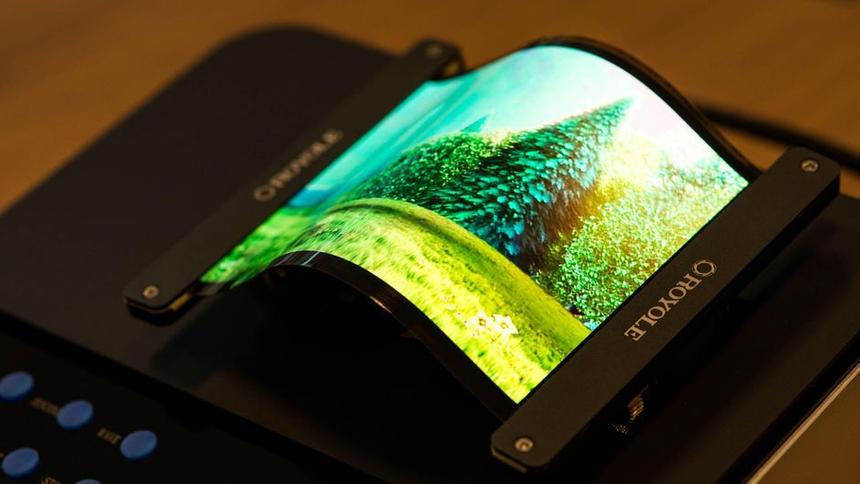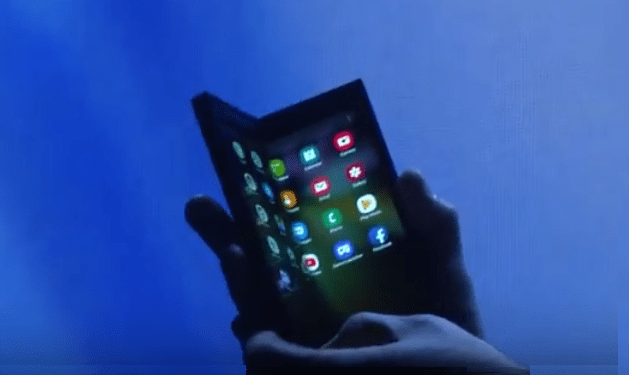Smartphones with flexible screens are already being sold.Conventional Displays

Today on the market you can find laptops, watches,smartphones and other equipment with flexible screens. Moreover, the first experiments to create such flexible objects began in the 20th century: they were carried out by PARC (a division of Xerox), although it was trying to develop flexible electronic paper. In 1989, inventor Nicholas Sheridan decided to create flexible screens for phones, and in 2003, Xerox tried to bring this technology to market, but its cost was too high.
Then HP tried to produce such displays.At the same time, in 2010 it became clear that such screens are too massive in comparison with glass. In the same year, Samsung showed off a color flexible display. But he never became popular.
Flexible screens are created based on OLED technology(organic light-emitting diodes) or AMOLED (active matrix light-emitting diodes). Such displays do not require backlighting, and instead of glass they – several layers of plastic film.

What are the advantages and disadvantages of such displays?The advantages include a stylish appearance, compactness, and the possibility of transformation. Also, such a screen cannot be broken, and in the future – when will the technology develop and spread – it will not cost much.
But there are also a number of disadvantages.For example, such screens cannot protect the case from external influences, there is a limitation in the number of bends, they consume a lot of energy, often the place of bending is deformed, and the mechanism wears out. Well, the price for gadgets with such a display is still quite high.
Source: Scientific Russia